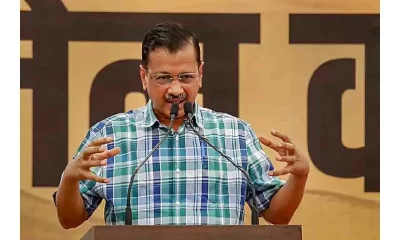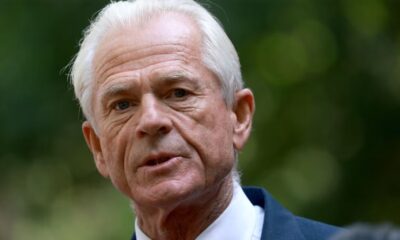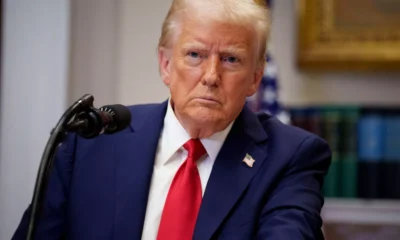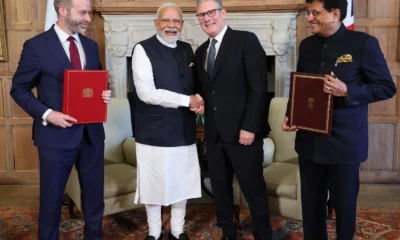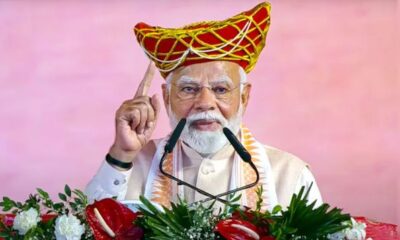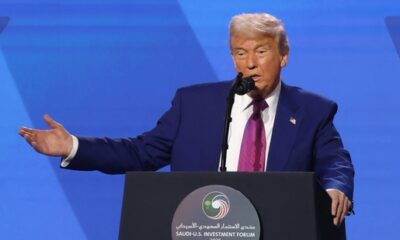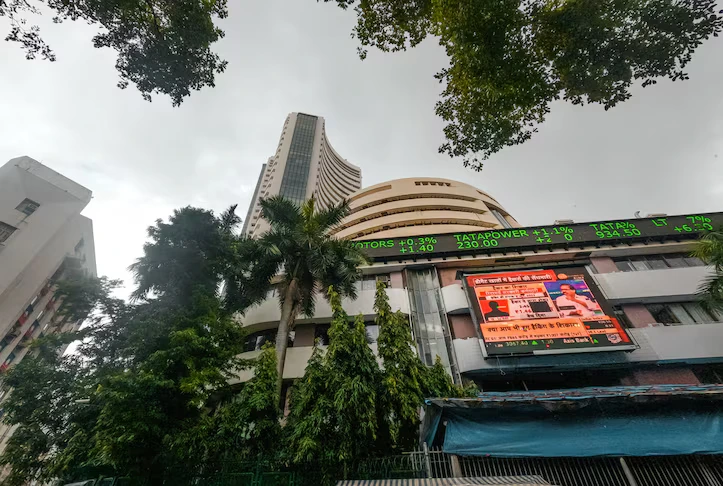Economy news
India will set an example in economic revival: PM Modi.
Prime Minister Narendra Modi has said that India has surprised the world with its unity and resolve in the fight against Coronavirus, and it will also set an example in economic revival as well.

Economy news
ITR filing last date today: What taxpayers must know about penalties and delays
The deadline for ITR filing ends today, September 15. Missing it may lead to penalties, interest charges, refund delays, and loss of tax benefits.
Economy news
India’s GDP surges 7.8% in Q1, outpaces estimates and China
India’s GDP surged 7.8% in Q1 2025-26, the highest in five quarters, driven by strong services and agriculture sector growth, according to NSO data.
Economy news
Sensex falls 600 points, nifty slips 180 as US tariffs hit Indian markets
Indian equity markets witnessed sharp declines as US tariffs on Indian imports took effect. Sensex dropped over 600 points, while Nifty fell nearly 180 points in early trade.
-

 Cricket news23 hours ago
Cricket news23 hours agoIndia vs South Africa 5th T20I: Tilak Varma, Hardik Pandya power India past 230 in Ahmedabad
-

 Cricket news9 hours ago
Cricket news9 hours agoT20 World Cup 2026: Selectors weigh Shubman Gill role as India squad announcement awaited
-
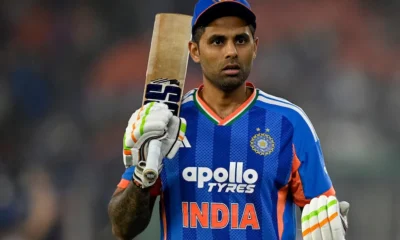
 Cricket news24 hours ago
Cricket news24 hours agoIndia vs South Africa 5th T20I: Samson shines with 37 as India push on after Gill injury
-

 India News10 hours ago
India News10 hours agoThick smog engulfs Delhi, flights and trains delayed as air quality slips to very poor
-

 Entertainment24 hours ago
Entertainment24 hours agoOTT and theatrical releases this week: new films and series to watch from December 19 to 26
-

 Cricket news10 hours ago
Cricket news10 hours agoIndia vs South Africa 5th T20I: Hardik Pandya, Tilak Varma power India to 30-run win, series sealed 3-1
-

 India News10 hours ago
India News10 hours agoPM Modi inaugurates India’s first nature-themed airport terminal in Assam
-

 India News10 hours ago
India News10 hours agoAssam train accident: Eight elephants killed after Rajdhani Express derailment in Hojai

